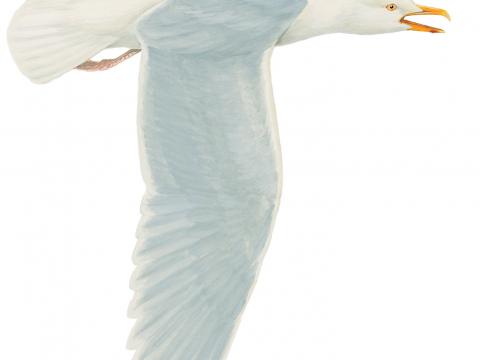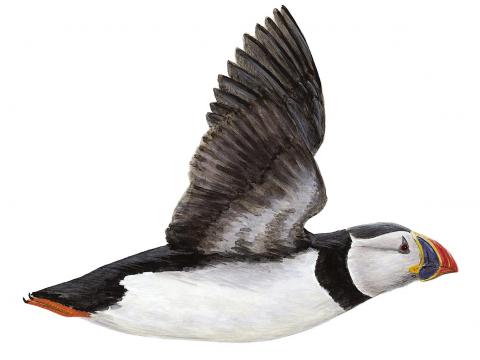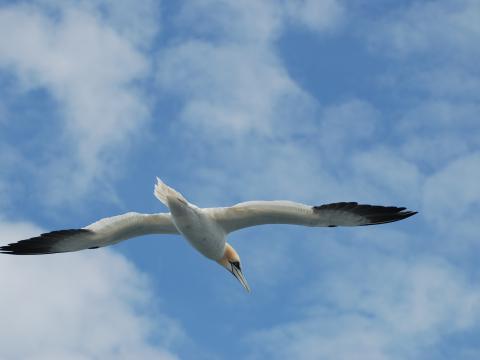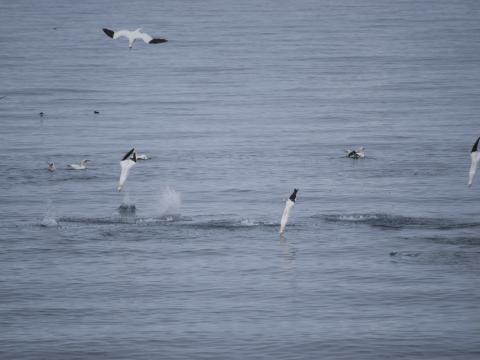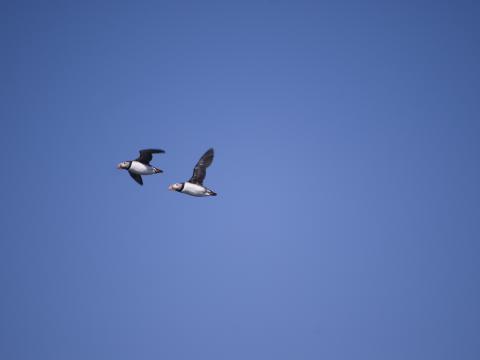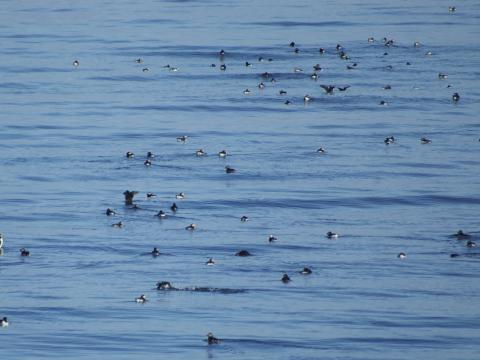Seabirds are an important part of every whale watching tour and they often guide us to the whales. During the summer months the puffins make a spectacle of themselves as well as the gannets, fulmars, guillemots, skuas, arctic terns and many more. The winter birdlife is not so diverse but it is nice to see certain species in areas that you wouldn't normally see.
-
Image
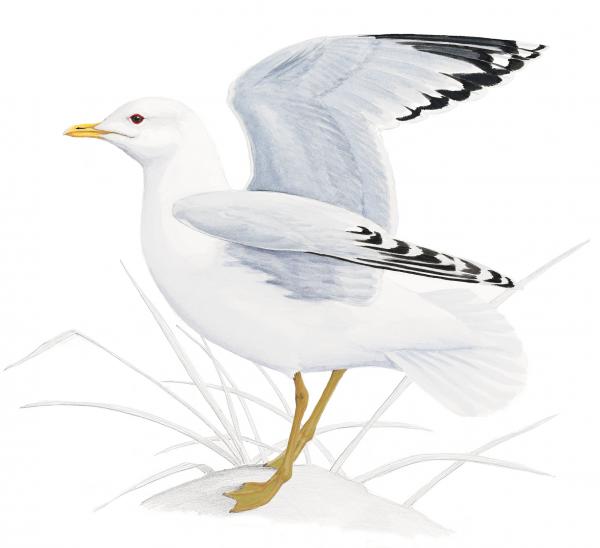 Read more...
Read more...The Common Gull is quite a recent known breeder to Iceland. First known to breed at Akureyri, N. Iceland, in 1936 and has spread around Iceland since then. They closely resemble the Herring Gull but are smaller, about the size of a kittiwake. They are a gregarious species usually found in large flocks even away from the breeding grounds.
-
Image
 Read more...
Read more...The eider duck is the most common duck in Iceland and can be seen along the coast and in some lakes close to the ocean. The down (small feathers they use to line their nests) was collected as far back as the 14th century and almost lead to their extinction in the 19thCentury.
-
Image
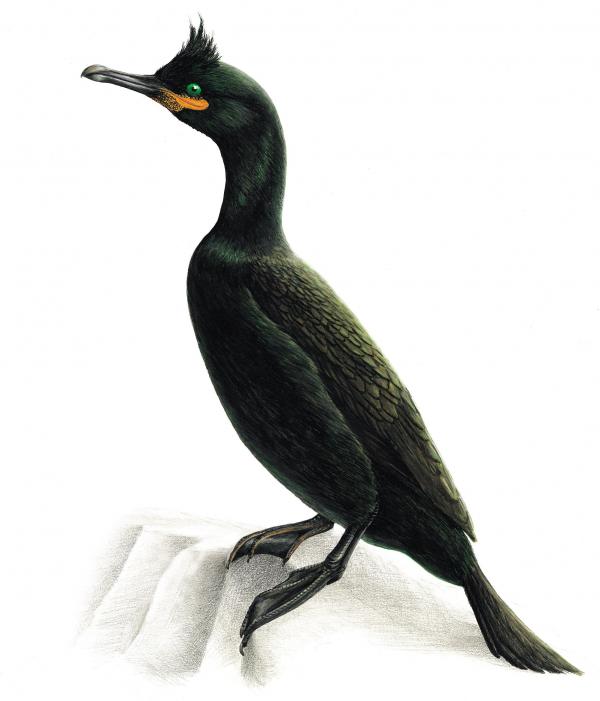 Read more...
Read more...The word shag coming from an old meaning for shag (a thick, tangled hairstyle or mass of hair) and relates to its tufted head plumage. They are smaller than the cormorant, have a greenish tint to the plumage, thinner bill and a crest. Just like the cormorant they can be seen with their wings spread out to dry. The shag is often seen further offshore than the cormorant.
-
Image
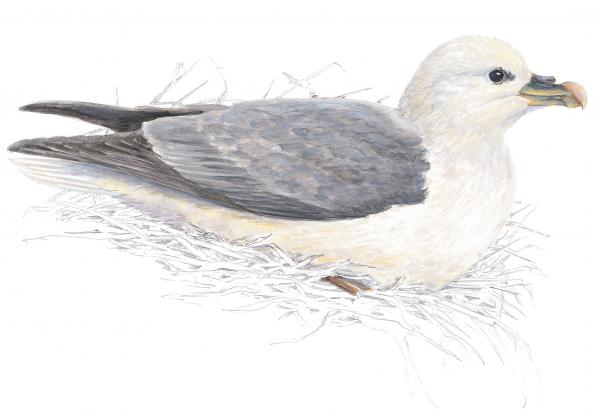 Read more...
Read more...The fulmar comes from the tubenosed family of seabirds, which also include petrels, albatrosses and shearwaters. Their nasal passages (naricorns) are located on top of their bill and used for breathing, secreting salt and for the olfactory system. Their genus name Fulmarus comes from the Old Norse words full meaning foul, and mar meaning gull.
-
Image
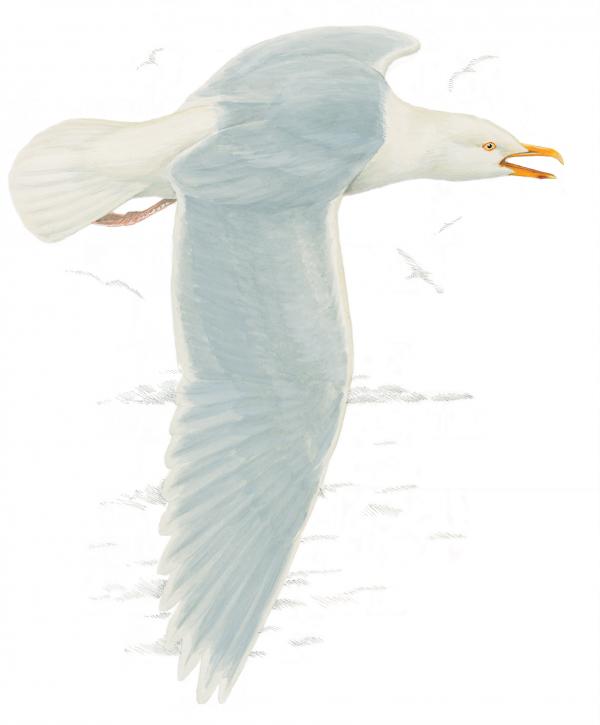 Read more...
Read more...The Glaucous Gull resembles the herring gull but misses the black tips at the end of the wings and is a smaller relative to the Iceland gull. They are seen all year round but are most numerous in the wintertime when they fly down from Greenland. They hybridise with the herring gull and provide viable offspring.
-
Image
 Read more...
Read more...There are two forms of black backed gull, the lesser and the great. The great black-backed gull is identified with its yellowish legs whereas the lesser black back has pinkish legs. The great black-backed gull is the largest of the gull family (Laridae). The red spot on the bill is for the chicks to have a focal point when the parents regurgitate their food.
-
Image
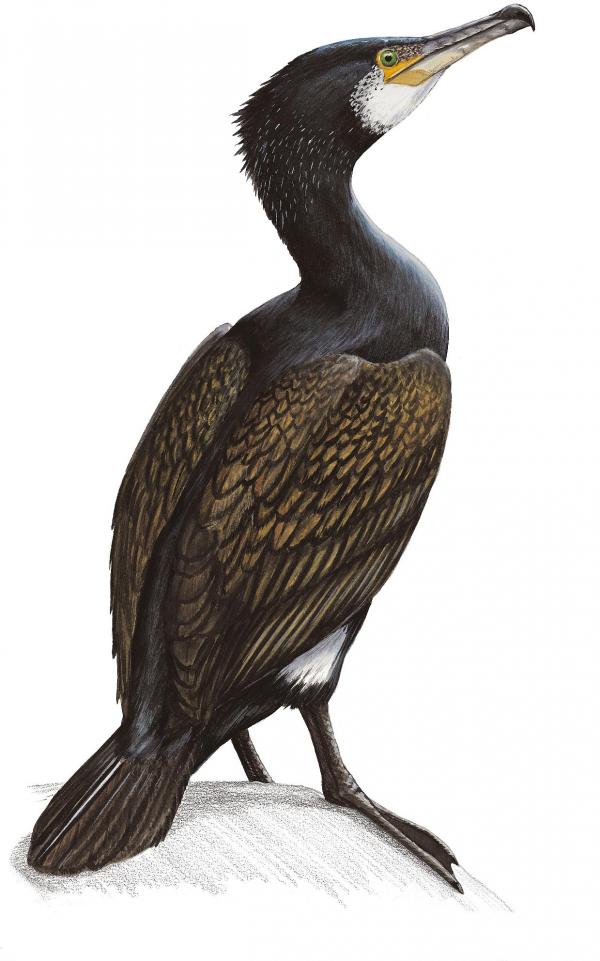 Read more...
Read more...We usually observe cormorants on seawalls or at the islands we visit to see the puffins. Sometimes you see them with their wings spread out. They do this because they need to dry their wings before flying, as they have no waterproofing oils like most seabirds. They have also been known to swallow stones to allow them to dive deeper and also help them to grind food in their stomachs.
-
Image
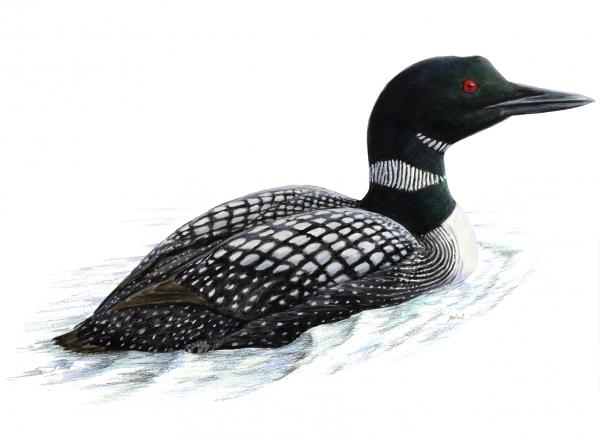 Read more...
Read more...The Great Northern Diver comes inshore only to breed, rest of the time it spends out in the open ocean in waters up to 600m deep. They are seen only occasionally on our tours but unmistakable when seen. In America they are called the Common or Great Northern Loon. ‘Loon’ because of its eerie, haunting cries.
Average

